1. Mechanical Pencils
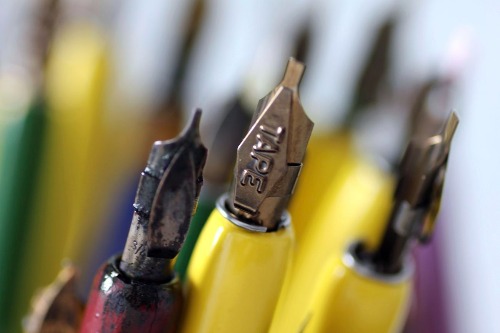
Remember the satisfying click of a quality mechanical pencil that never broke its lead? Today’s cheaper versions feel flimsy, with lead snapping at the slightest pressure. The precision and smooth glide of older pencils made writing and sketching almost meditative. Modern pencils often sacrifice durability for mass production, leaving artists and students frustrated.
Back in the day, mechanical pencils were built to last and could be repaired easily. The metal casing, solid internal mechanisms, and refillable lead meant one pencil could last years. Now, disposable versions dominate the shelves, and the craftsmanship that made them reliable is rare. People miss the tactile joy of a pencil that simply worked every time.
2. Porcelain Coffee Mugs

Remember how mugs used to feel heavy and substantial, almost like holding a little cup of luxury? Modern mugs are often thin, lightweight, and prone to chipping, which makes your morning coffee feel less satisfying. The old ones retained heat perfectly, so your coffee stayed warm longer. Manufacturers today often prioritize cost over comfort and longevity.
Those classic porcelain mugs were often dishwasher and microwave safe without fear of cracks or fading. The attention to weight, thickness, and glazing made a tangible difference in your daily coffee ritual. Today’s mass-produced ceramic mugs feel disposable. It’s little wonder we nostalgically long for the mugs that made our mornings cozy.
3. Cast Iron Skillets
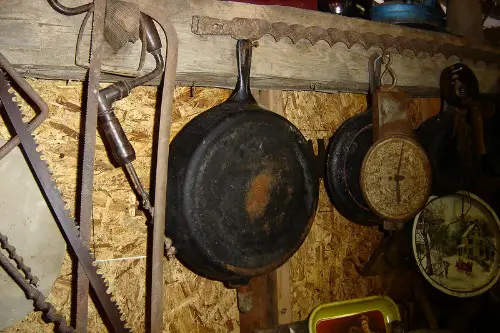
Cast iron skillets of the past were practically indestructible and built to last generations. Modern versions, while still available, are often poorly finished, uneven, or too thin to hold heat evenly. Older skillets developed a natural nonstick seasoning over time, making cooking a joy rather than a chore. Today’s hurried production sometimes sacrifices that kind of quality.
A good cast iron pan could sear a steak perfectly and survive decades of kitchen abuse. Mass-market brands often leave rough edges, inconsistent thickness, and uneven heat distribution. Home cooks notice the difference immediately when comparing to the older, heavier models. It’s the difference between cooking with a tool you love and a frustrating compromise.
4. Button-Up Shirts
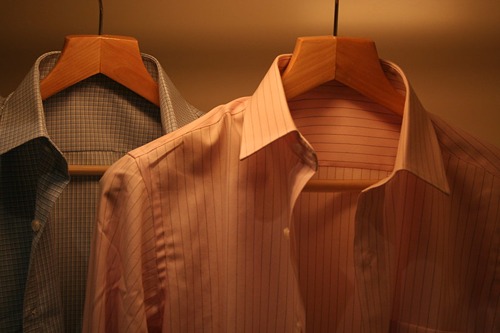
There was a time when button-up shirts were built to last with reinforced seams and quality stitching. Modern shirts, especially fast-fashion versions, often tear at the seams or fade after a few washes. The fit and fabric of older shirts felt intentional, not disposable. Today’s shirts prioritize quantity over quality, leaving us longing for durability.
High-quality shirts also used better fabrics that breathed well and held their shape. They often featured sturdy buttons that stayed put instead of falling off after a month. The way they draped on the body added a subtle sophistication to everyday wear. Now, it’s harder to find a shirt that feels like it was made to last more than a season.
5. Vinyl Records
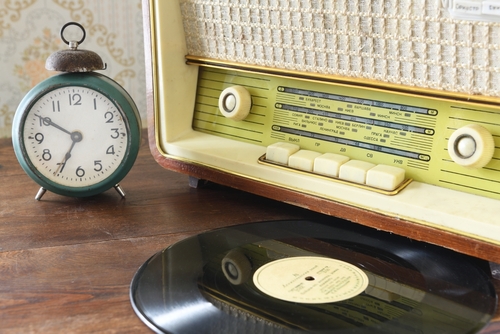
Vinyl records were once a staple of music, cherished for their sound quality and tangible presence. Modern digital formats dominate because they’re convenient, but they lack the warmth and richness of analog sound. Older records captured the full depth of recordings that even high-quality MP3s struggle to replicate. People miss the ritual of sliding a record onto a turntable and dropping the needle.
The larger album art also created a physical connection to the music that digital thumbnails can’t match. Collecting records meant curating a personal library with care. Today’s digital-first generation often misses the tactile and auditory experience that made listening to music a ceremony. Vinyl’s return in recent years shows just how much we longed for that quality.
6. Pocket Watches
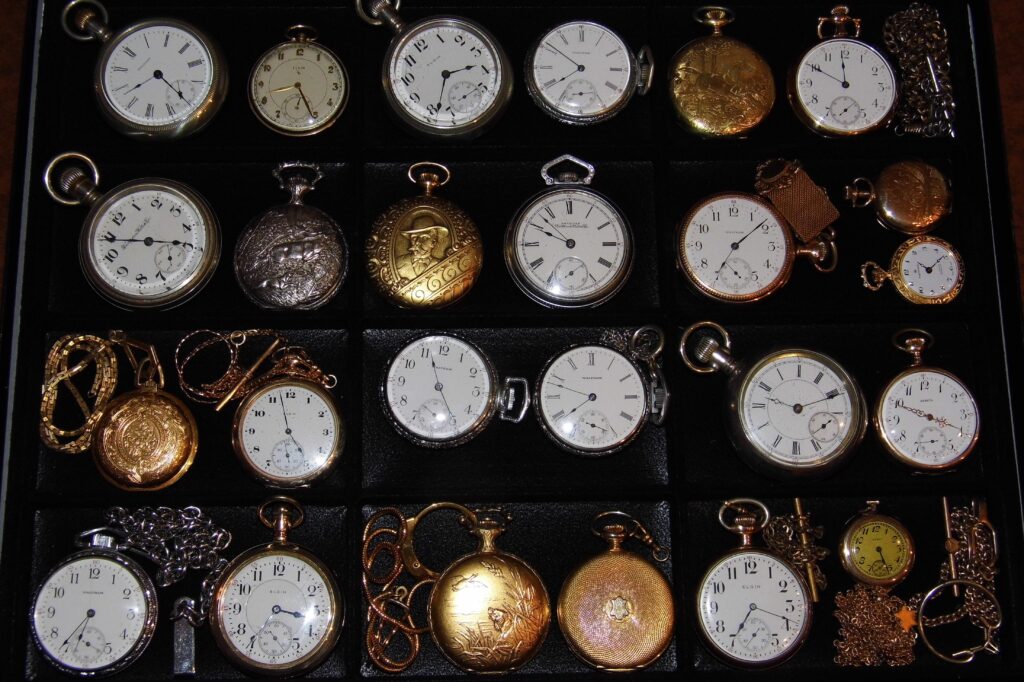
Pocket watches were once a status symbol and a marvel of craftsmanship. They were carefully engineered, often with intricate gears and designs that lasted decades. Modern watches are mostly mass-produced or digital, offering convenience but lacking the artistry. We miss the charm of pulling a sleek watch from your pocket and feeling its weight in your hand.
Every pocket watch told a story and could be handed down through generations. They weren’t just functional—they were personal expressions of style. Today’s mass-market watches often feel disposable and soulless in comparison. The level of care and pride that went into their creation is largely gone.
7. Leather Wallets

Classic leather wallets were sturdy, elegant, and built to age beautifully. Modern versions often use synthetic materials or thin leather that wears out quickly. A good leather wallet would patina over time, developing a unique character. Cheap, flimsy wallets, in contrast, quickly fray and lose their charm.
Leatherworking used to focus on strength and longevity, with reinforced stitching and quality hides. You could carry one wallet for a decade without worrying about it falling apart. Now, mass production favors speed and low cost, sacrificing durability. People long for the wallets that genuinely lasted a lifetime.
8. Fountain Pens
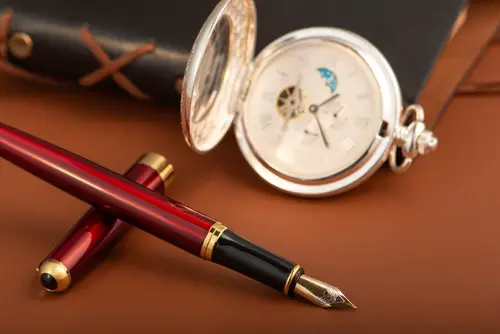
Fountain pens once combined elegance, durability, and smooth writing in a way ballpoint pens rarely match. Today’s disposable pens dominate, and high-quality fountain pens feel like a luxury item. Older pens had nibs crafted for precision and ink flow that made writing a pleasure. There’s a tactile satisfaction modern pens just can’t replicate.
High-end fountain pens could be refilled endlessly, making them sustainable and practical. They encouraged slower, more thoughtful writing that many people miss in the age of typing. Cheap pens tend to scratch, skip, or leak, frustrating even patient writers. The artistry in fountain pen design and craftsmanship is mostly absent in today’s office supplies.
9. Wooden Furniture
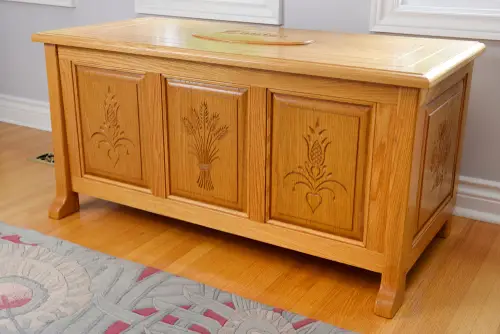
Vintage wooden furniture often carried a heft and attention to detail modern pieces lack. Old craftsmanship meant dovetail joints, solid wood, and finishes that aged gracefully. Today, mass-produced furniture often uses particleboard, thin veneers, and cheap hardware. The result? Pieces that don’t last and feel lifeless.
Older furniture was built to be both functional and heirloom-quality. It was meant to be used daily, yet maintain beauty over decades. Modern factory furniture sacrifices those qualities for affordability and speed. People miss furniture that tells a story and gains character with time.
10. Wool Sweaters
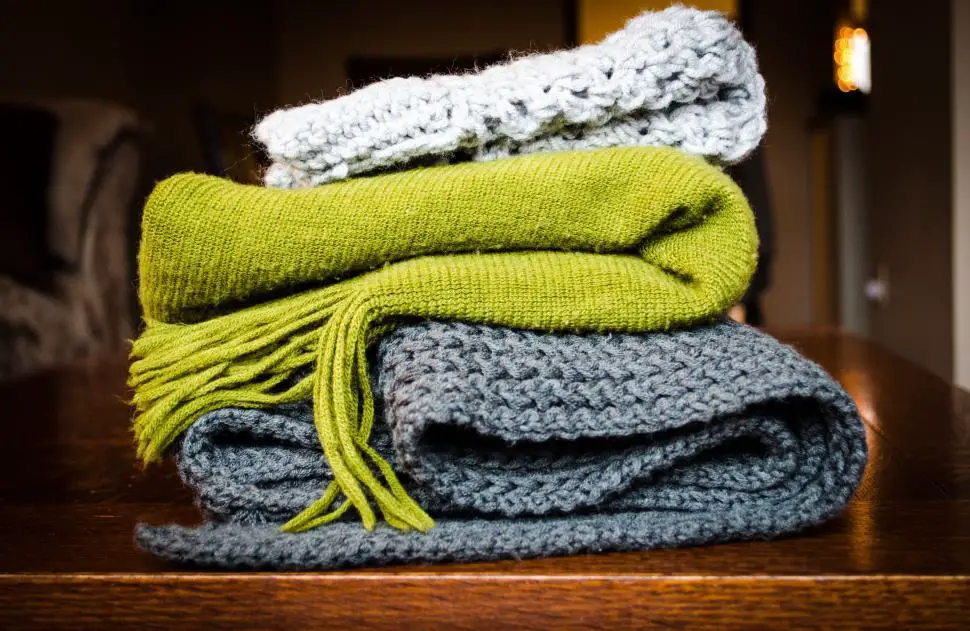
Wool sweaters of the past were soft, warm, and resilient, made to survive winters without pilling or shrinking. Today’s “wool” often comes blended with synthetics, losing the natural comfort and durability. Older sweaters felt cozy without being itchy, and they retained shape beautifully. Modern fast-fashion versions rarely compare in longevity or feel.
High-quality wool also regulated temperature better and lasted for years, even decades, with proper care. Handcrafted sweaters added subtle nuances in texture and color. Cheap replacements wear down quickly, leaving us longing for the sweaters we once cherished. The tactile and thermal experience just isn’t the same.
11. Radio Tuners
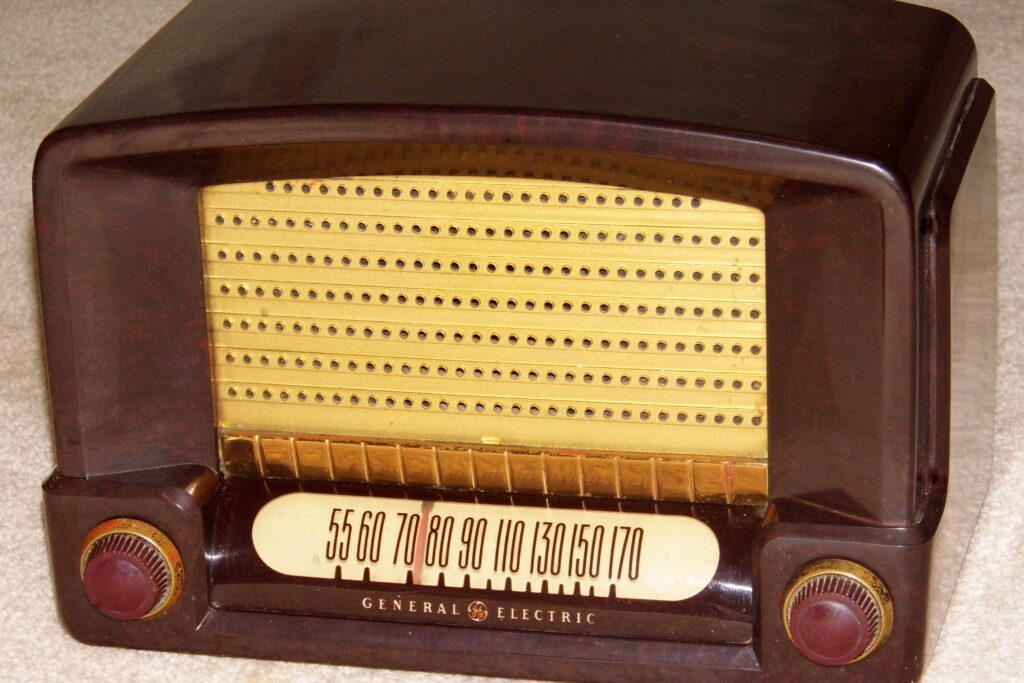
Vintage radios were built with precision dials, solid knobs, and warm sound. Modern radios, often digital and plastic, lack the tactile engagement and nuanced audio of the old models. There was a simple magic in twisting a knob slowly to find the perfect station. Now, streaming apps dominate, but the ritual of analog tuning is lost.
Older radios could last decades with proper maintenance, unlike today’s disposable electronics. They were designed for both durability and sensory satisfaction. Listening to music or news involved more than just hearing—it was a full-body experience. We miss that blend of design, sound, and interaction.
12. Pocket Knives
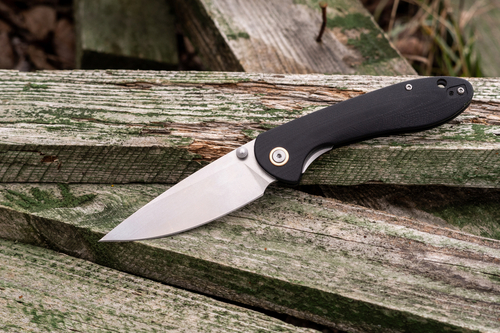
Pocket knives used to be small, practical tools that could survive years of use. Modern cheap knives often break, rust, or feel flimsy in your hand. Older knives were crafted for everyday tasks, from opening boxes to whittling wood, without complaint. People miss the reliability and simple pleasure of a well-made pocket knife.
Classic knives were often hand-finished, with steel blades and wooden or bone handles. They were tools you could pass down, not throw away after a few months. Mass production today prioritizes low cost over quality and experience. The loss of these enduring, practical objects is felt by anyone who appreciates craftsmanship.
This post 12 Common Objects We Stopped Making Well—And Now Miss Constantly was first published on Greenhouse Black.
